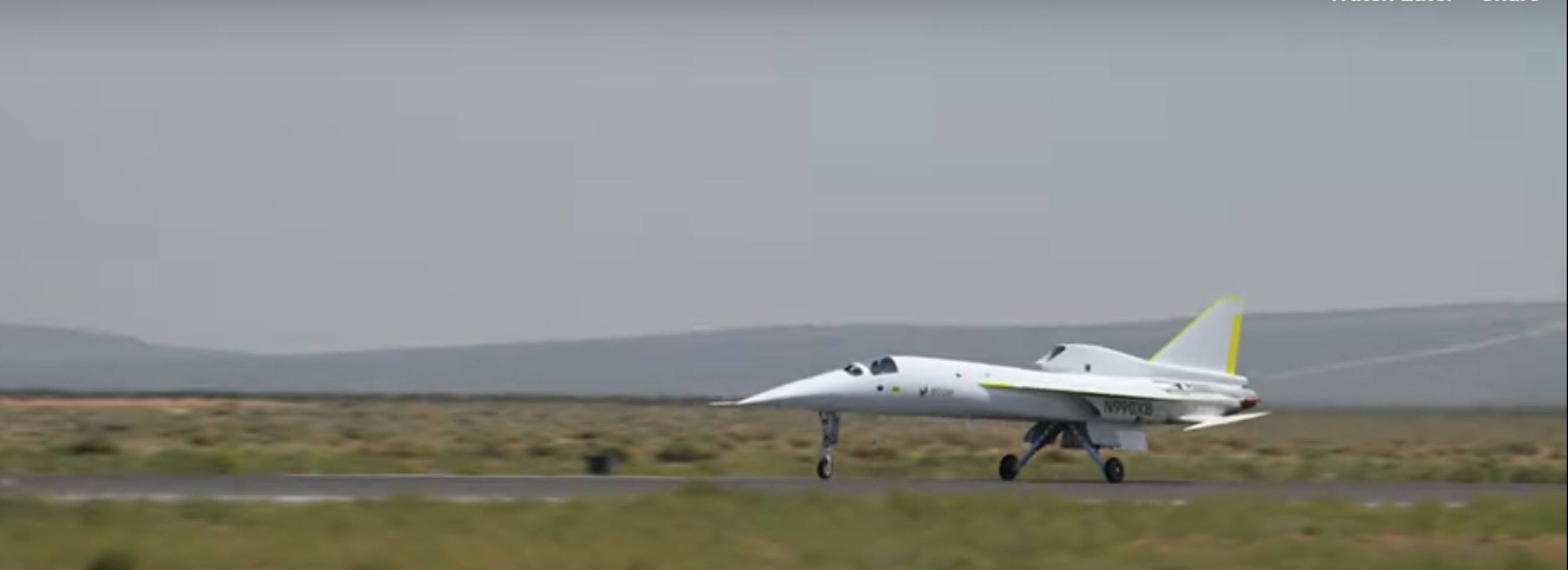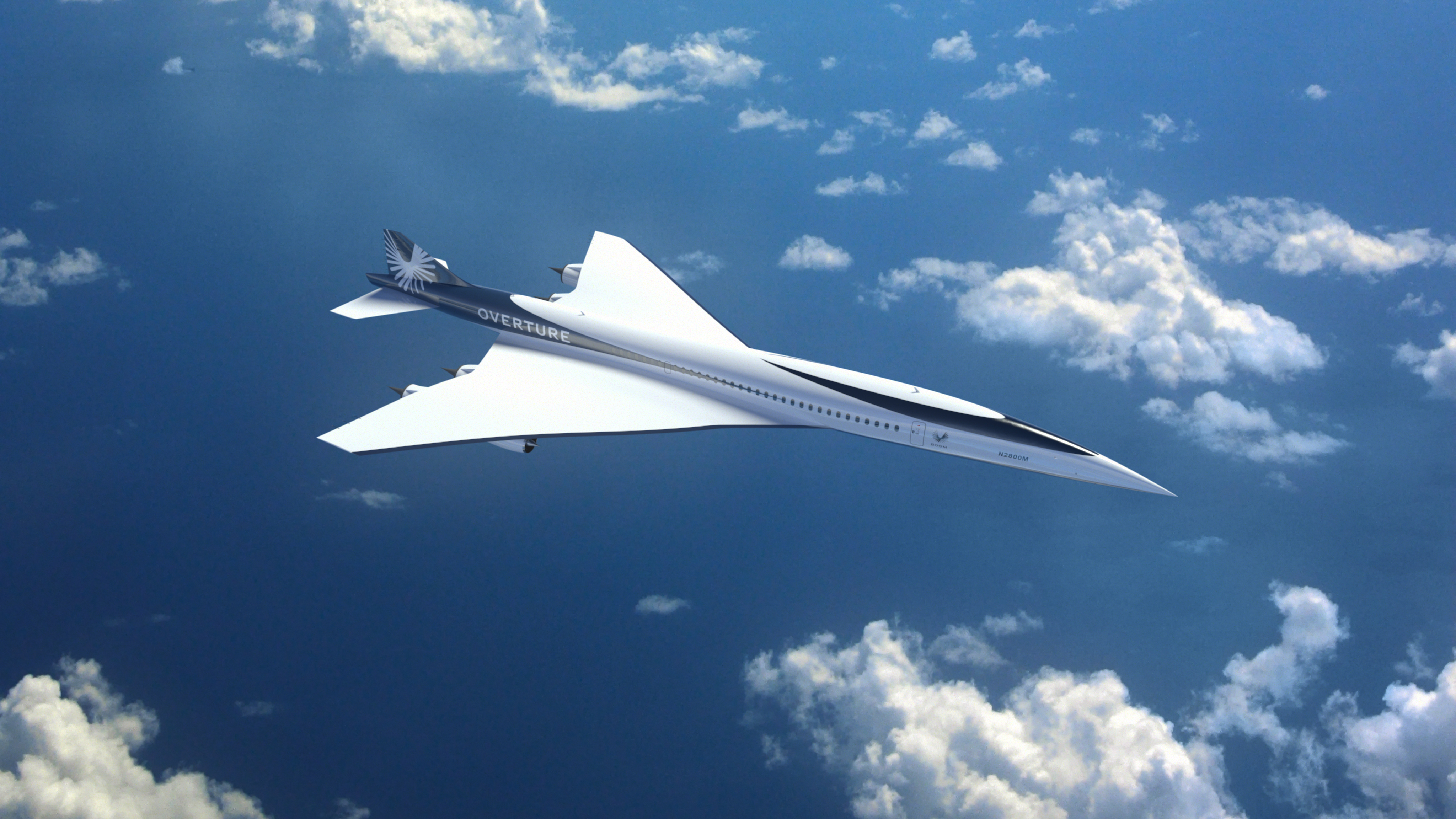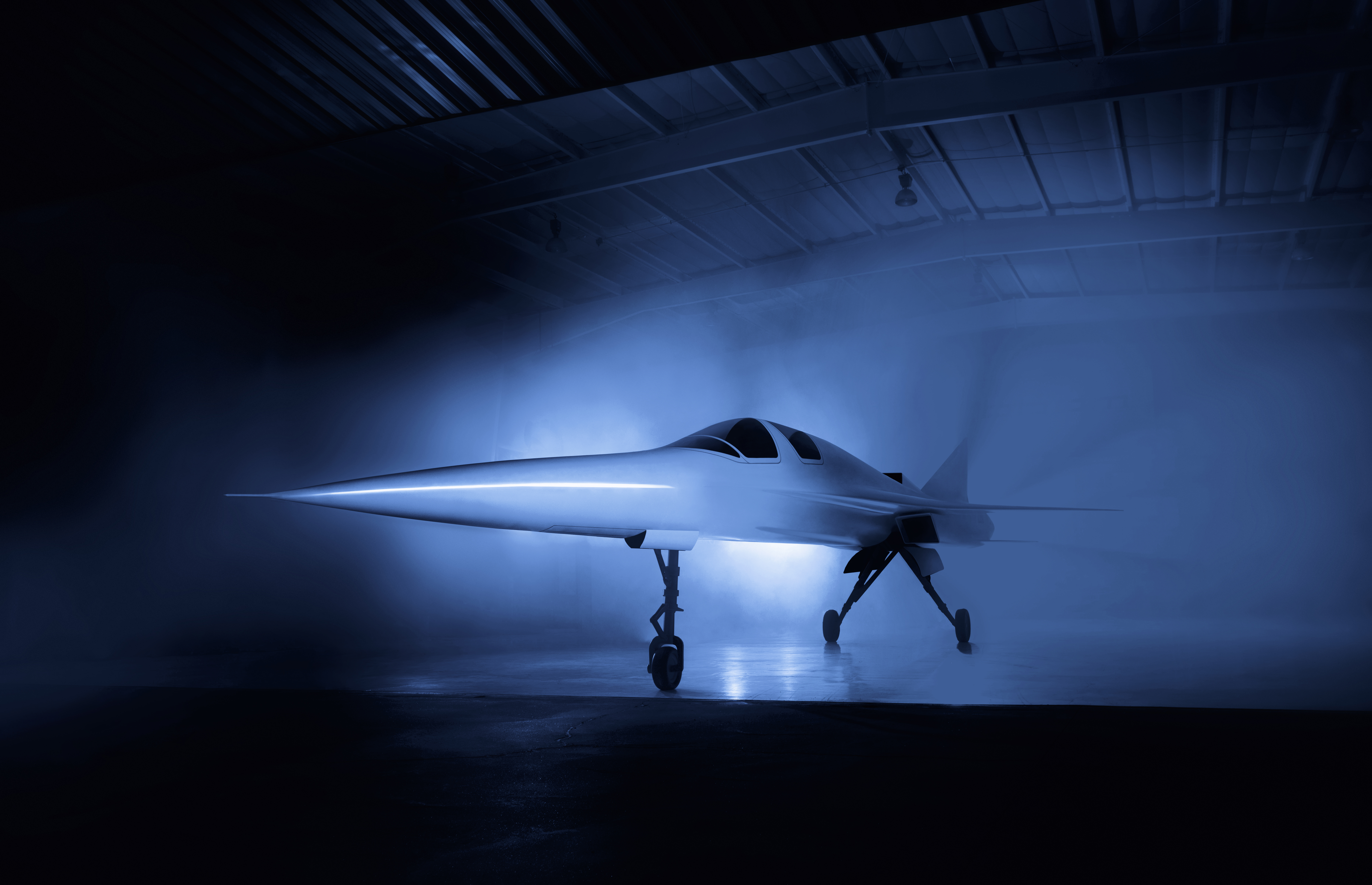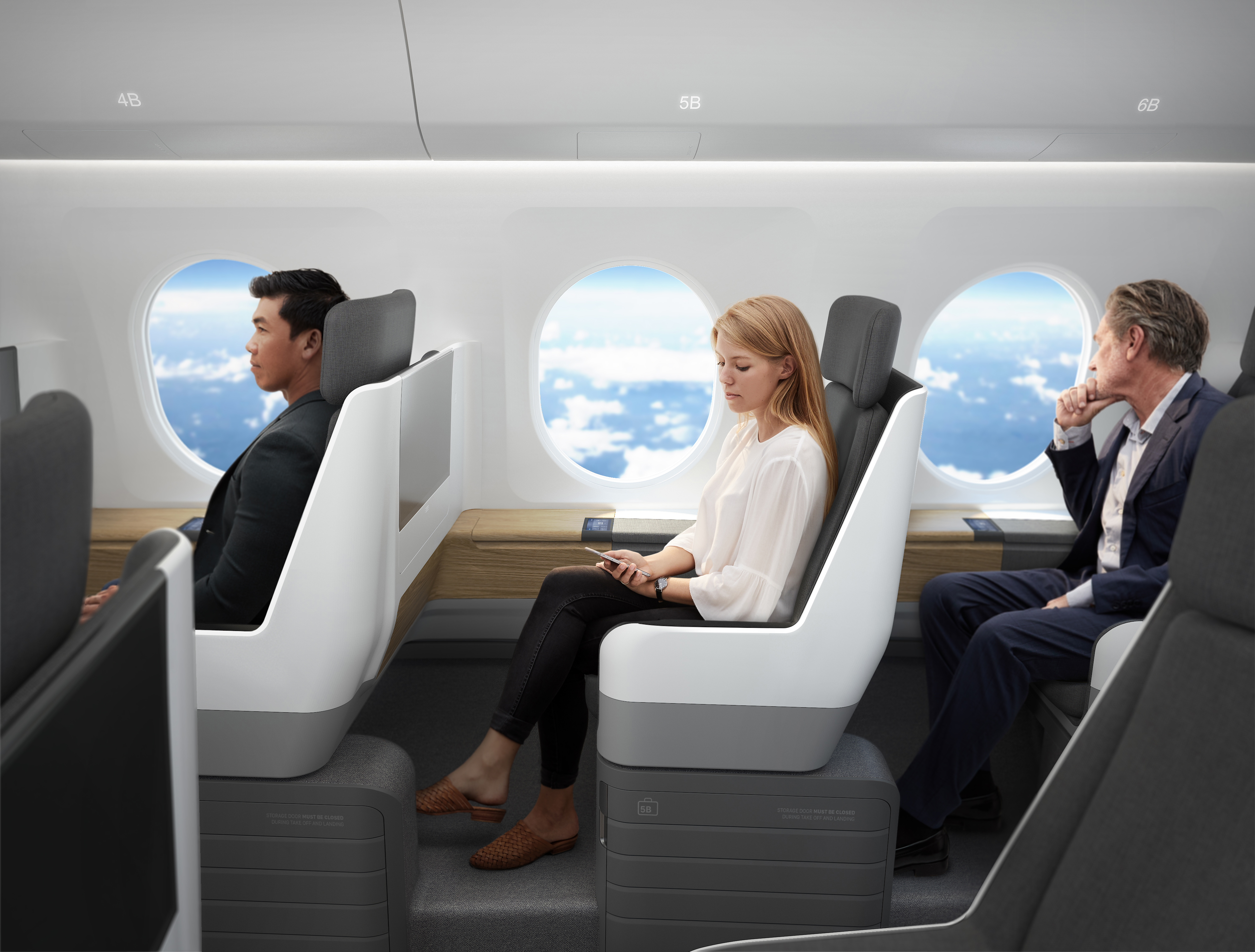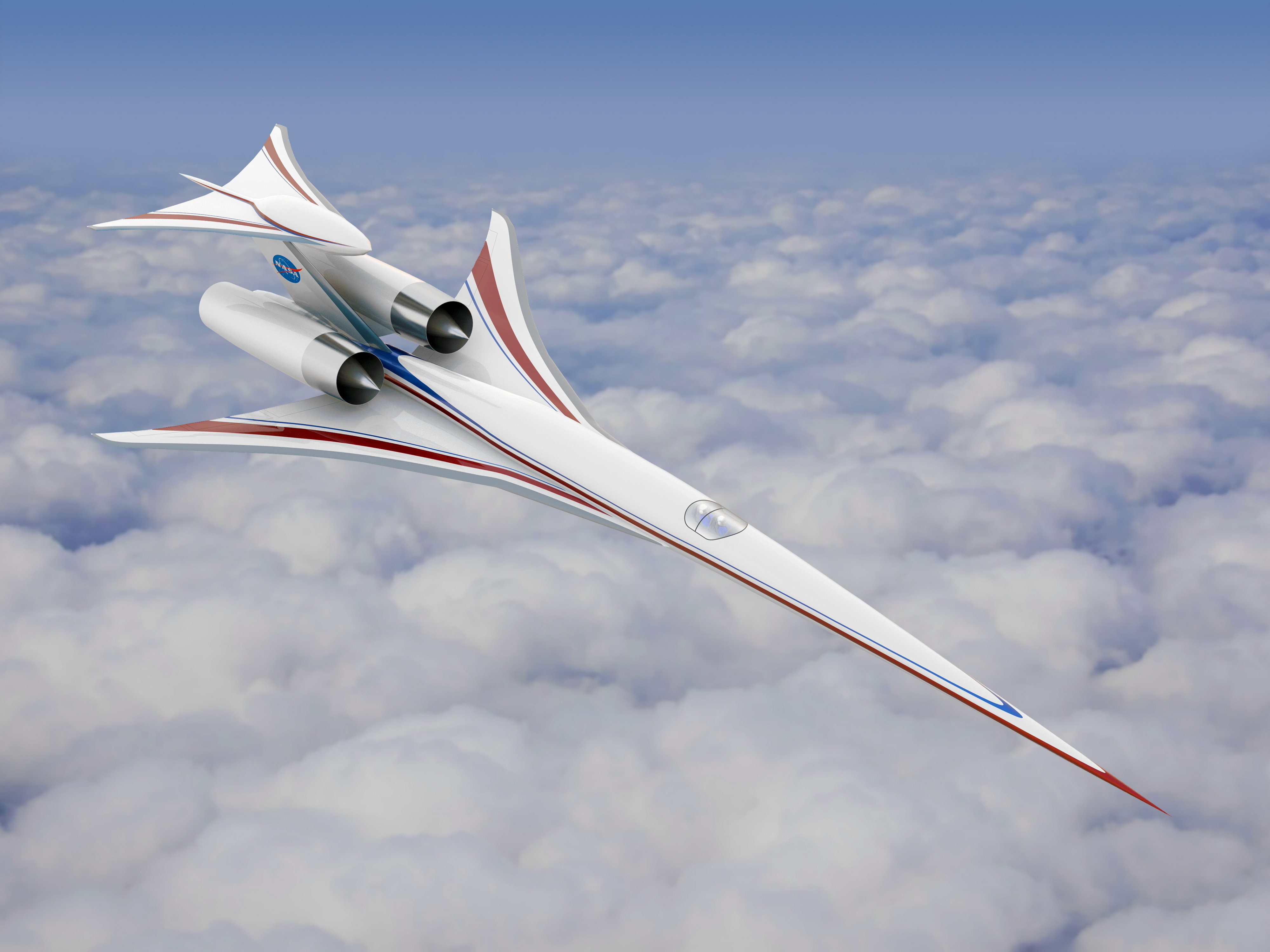The Federal Aviation Administration (FAA) has given approval for Boom’s supersonic XB-1 test jet to fly past Mach 1, the company has announced.
Tests have been pencilled in to take place later this year at the Black Mountain Supersonic Corridor in Mojave, California.
The tests are being done to help prove the feasibility of fuel consumption, speeds and flight characteristics.
Boom Supersonic founder and CEO Blake Scholl said: “Following XB-1’s successful first flight, I’m looking forward to its historic first supersonic flight.
“We thank the Federal Aviation Administration for supporting innovation and enabling XB-1 to continue its important role of informing the future of supersonic travel.”
The approval by the FAA comes just weeks after a XB-1 test flight at subsonic speed was carried out by a pair of test pilots.
It followed after a thorough review and environmental assessment and allows a chaise plane to trail the XB-1 so it can monitor and record flight safety, the company said.
Boom Supersonic is expected to carry out between 10-20 flights before it attempts to break the speed of sound.
Test pilot Tristan “Geppetto” Brandenberg will be at the helm during the first supersonic flight.
The test flight will “systematically expand the flight envelope during that time,” confirming performance and handling qualities, Boom said.
In-flight checks of all systems will also be carried out to ensure a safe margin to flutter/vibration boundaries.
Passenger flight are still some way off, however.
The XB-1 is a test model for Boom’s desired goal of a commercial plane called Overture which is hoped will carry under 100 passengers at a time and offering “business class” levels of comfort.
Boom claims the plane, when it is up and running, will be capable of flying from New York to London in 3.5 hours and Tokyo to Seattle in just 4.5 hours.
It is tipped to rival Concorde, a legendary aircraft that was introduced 51 years ago and retired in 2003 with a maximum cruising speed of 2,179km per hour, or Mach 2.04 – twice the speed of sound.
Overture is expected to fly at Mach 1.7.
The company has suffered from a number of issues in the plane’s development, with test plans having to be postponed and a rupture with the original engine manufacturer Rolls-Royce.
Boom has since partnered with FTT to develop its own custom “Symphony” jet engine.
Despite the problems, Boom has already got customers lined up – United Airlines and American Airlines have already placed orders for multiple jets.
Nasa has also been working on a supersonic jet, dubbed the X-59, which is said to have a reduced sonic profile.
It comes after another XB-1 test pilot, Bill “Doc” Shoemaker, revealed the most thrilling parts of his one-of-a-kind job.
Boom’s XB-1: The facts and figures
Boom Supersonic’s XB-1 is the test plane for the company’s proposed supersonic commercial plane Overture.
Its tail number is N990XB.
The test plane has a carbon-composite frame, for improved heat resistance.
It is 7 1 feet long, with a delta wing shake that, the company says, has been optimised for maximum efficiency.
Boom worked with both Stratasys and Velo 3D to produce prototypes, parts and tooling for the process and the craft itself.
It’s powered by a trio of General Electric J85-15 engines, rated to provide more than 12,000 pounds of thrust.
XB-1 uses a high-resolution video camera in the nose to help pilots navigate the tricky landing.
The test pilot said in December last year the most exciting and rewarding moments he had so far experienced in his five years working at Boom came during taxi testing of the smaller airliner.
He explained: “These have been the first times where we’ve really put the aircraft and the team ‘to the test’.
“I am looking forward to the moment where XB-1 is airborne and we have the chance to see how the plane really performs.”
Boom Supersonic previously said the XB-1 will offer invaluable information about “the forces, temperatures, and aerodynamics at these speeds”.
Unlike most planes which are built largely from aluminium, the XB-1 was manufactured using ultra-durable carbon composites, an extremely strong reinforced plastic used in aerospace, civil engineering and even high-performance sports gear.
It is the world’s first independently developed supersonic jet, according to the airline company.
Previous reports indicated the prototype, 62.6ft long with a wingspan of 17ft, would be capable of travelling at more than twice the speed of sound.
The first Overture is expected to be unveiled in 2025, with flights available in 2030.
